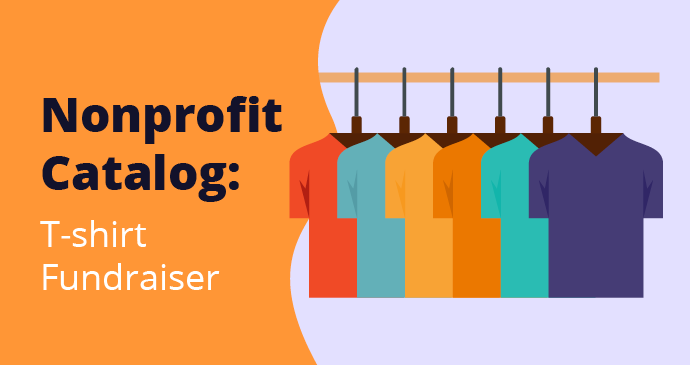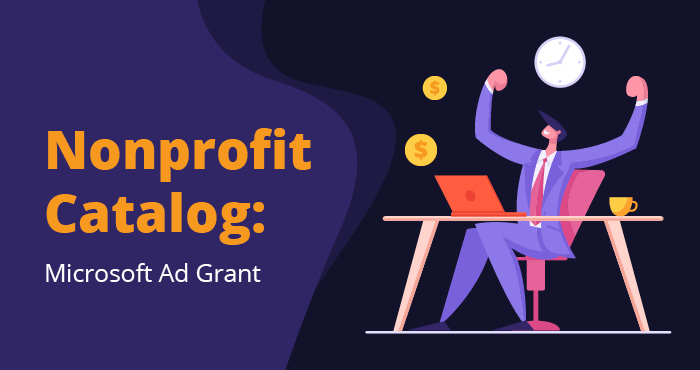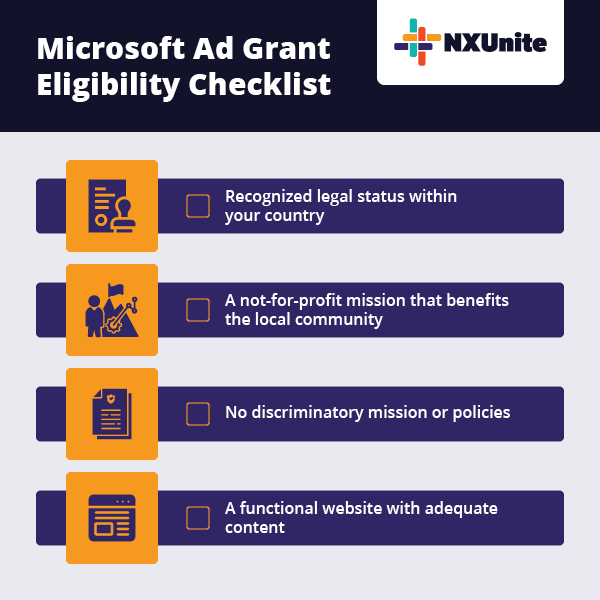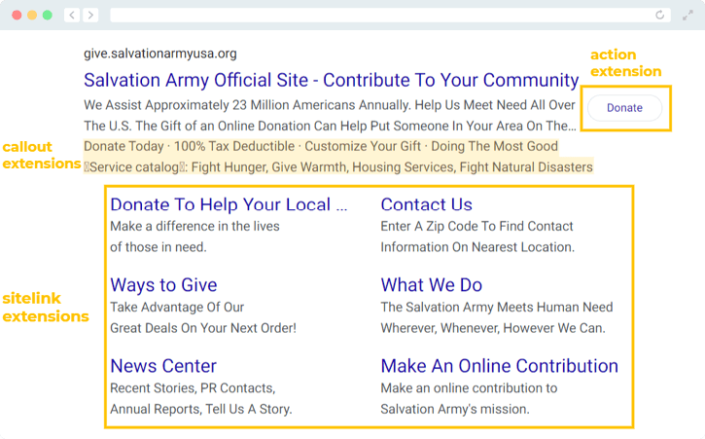T-shirt Fundraiser – Nonprofit Catalog
Have you ever seen a professional sports team full of players all wearing different jerseys? Of course not — that would be confusing for both the athletes and spectators. Sports teams and even sports fans are recognized by their jerseys.
The same principle applies to fundraising — people recognize your supporters by your branded merchandise. Mugs, blankets, hats, and other branded materials identify who is a part of your support team. For this reason, t-shirt fundraising is one of the most popular merchandise fundraising campaigns.
If you are ready to try out a new fundraising idea while increasing your brand awareness, t-shirt fundraising is a go-to. In this article, we will walk you through the t-shirt fundraising basics to help you get started.
What is a t-shirt fundraiser?
A t-shirt fundraiser is a type of campaign where a nonprofit sells branded t-shirts to supporters to raise funds for its mission. Your t-shirt should capture your nonprofit brand and mission with an attractive design.
A t-shirt fundraiser can stand on its own, or you can pair it with another fundraising opportunity, such as a 5K or peer-to-peer fundraising campaign. Encourage 5K participants and supporters to purchase a t-shirt to show off their team spirit. If your fun run is in the summer, consider purchasing lightweight, short-sleeve t-shirts.
Peer-to-peer fundraisers can use social media and link to their own web pages to sell your spiffy t-shirts. Recruit volunteers ahead of time to gather more t-shirt interest and make your campaign a success.
Steps to plan a t-shirt fundraiser
Running a t-shirt fundraiser can be a breeze if you follow a few general guidelines. If you’ve decided it’s time to launch a t-shirt fundraiser, it won’t take too long to get up and running. Use these steps to start your fundraiser:
1. Create a t-shirt design
You can develop a design internally or ask your supporters to send in their ideas. If you’re designing a t-shirt from scratch, start by brainstorming simple ways to illustrate your cause. Incorporate harmonious colors and consider your supporter’s preferences. What type of t-shirt would they be proud to wear?
When you have settled on a basic design, choose a typeface that coordinates well. Avoid cursive or script fonts which tend to decrease legibility. Instead, use bold type and a large font size to identify the name of your fundraiser. Then, place your nonprofit name in a smaller font size below or next to it.
Next, you can gather input on how to perfect your design. Try out different iterations to see which one suits your fundraiser best. You can even turn it into a contest by having supporters vote on their favorite design.
Whichever illustration you go with, make sure your design prominently features your nonprofit’s brand elements, such as your logo. That way, your artistically-depicted cause becomes associated with your nonprofit brand.
2. Decide how you’ll distribute your shirts
You can distribute your t-shirt either online or in person. There are benefits to either distribution process. Online distribution can simplify t-shirt pick-up — just be sure supporters can track their incoming orders. If a supporter’s t-shirt does not come in on time, consider stashing extra shirts at the fundraising event.
In-person t-shirt distribution can show off your design a bit more. Supporters may be able to determine their size preferences as well. However, in-person pick-up may be inconvenient for some. In this case, a combination of both online and in-person distribution would be ideal.
3. Choose a t-shirt fundraising platform
T-shirt fundraising platforms are resources to kickstart your online fundraising campaigns. Platforms like Bonfire or Custom Ink have pre-made graphics and templates you can apply to your t-shirt designs. They also include case studies you can browse to see which previous campaigns were successful.
Neither platform requires inventory and both utilize built-in promotional features. Bonfire ships order straight to buyers while CustomInk offers a hybrid shipping option. Browse each website to discover which option is best for you
4. Promote your t-shirt fundraiser
Now it’s time to reveal your beautiful t-shirt design to the world! Use several different channels to get the word out and reach different audiences. For instance, if you’re using your t-shirt fundraiser to increase school funding, parents may prefer to access your t-shirts via email and students would be more likely to snag a t-shirt from a social media page.
Here’s a full list of communication channels to leverage:
- Social media
- Your website
- Flyers
- Direct mail
Promote your branded t-shirts with photos of supporters wearing your shirt. Pictures of volunteers, families, and students sporting your branded gear will increase your nonprofit awareness and get people interested. Fun t-shirt flyers are an effective offline marketing material that can be eye-catching. Hang up flyers at local businesses or distribute them at an upcoming nonprofit event.
5. Track your fundraising progress
Keep a detailed list of t-shirts sold and funds raised. Let your audience know how much they have donated at the halfway point and how much more you need to reach your goal. If you’re a few t-shirts away, encourage supporters to share your fundraiser on their social media story to hit your goal.
T-shirt fundraising platforms have sales tracking systems built into their interface. Some platforms also count the number of site visits and donations. Refresh your chosen platform often to stay updated on your progress.
6. Thank your donors
As your t-shirt fundraiser wraps up, thank supporters for their efforts. Email or handwrite your thank-you messages to generous donors. Remind them why you are grateful to have them on your team. Whenever possible, share how their donation directly impacted your mission.
Additional Resources
- Nonprofit Catalog – Read up on more nonprofit essentials by exploring our Nonprofit Catalog.
- How to Start a Fundraiser: The Nonprofit’s Ultimate Guide – Reach fundraising goals faster with NXUnite’s complete fundraising guide.
- Nonprofit Branding: The Complete Guide + 10 Examples – Create more stunning branded merchandise with these nonprofit design tips.




